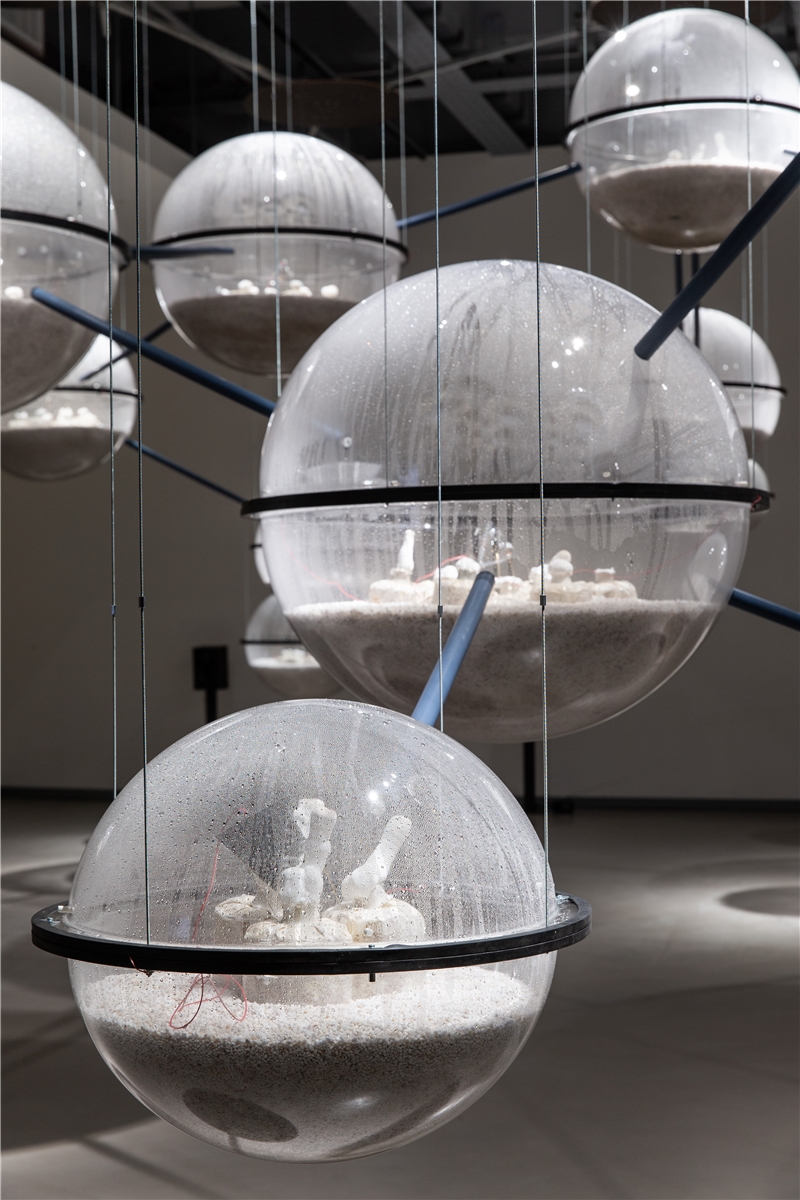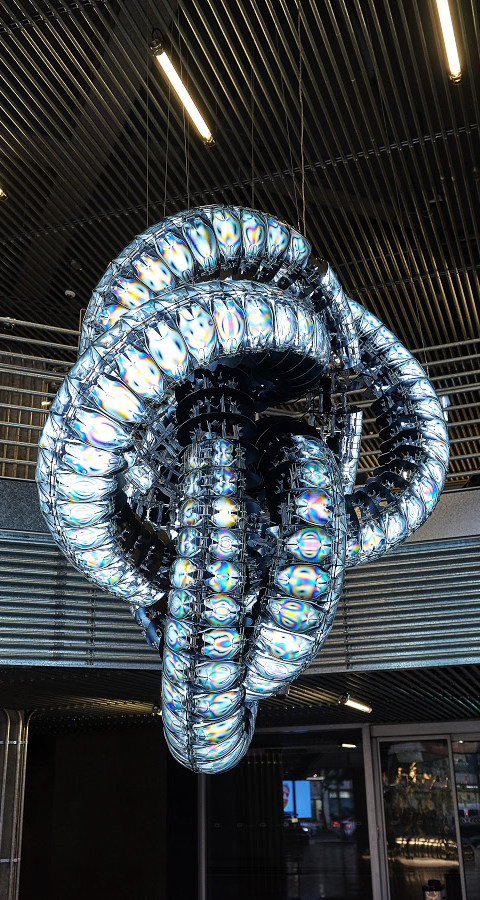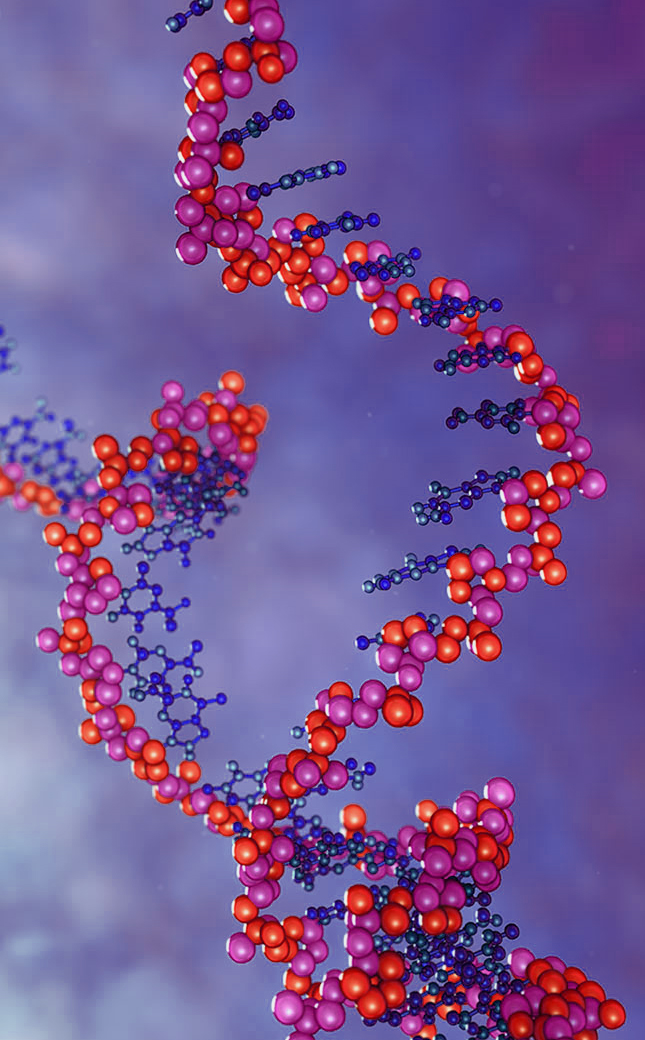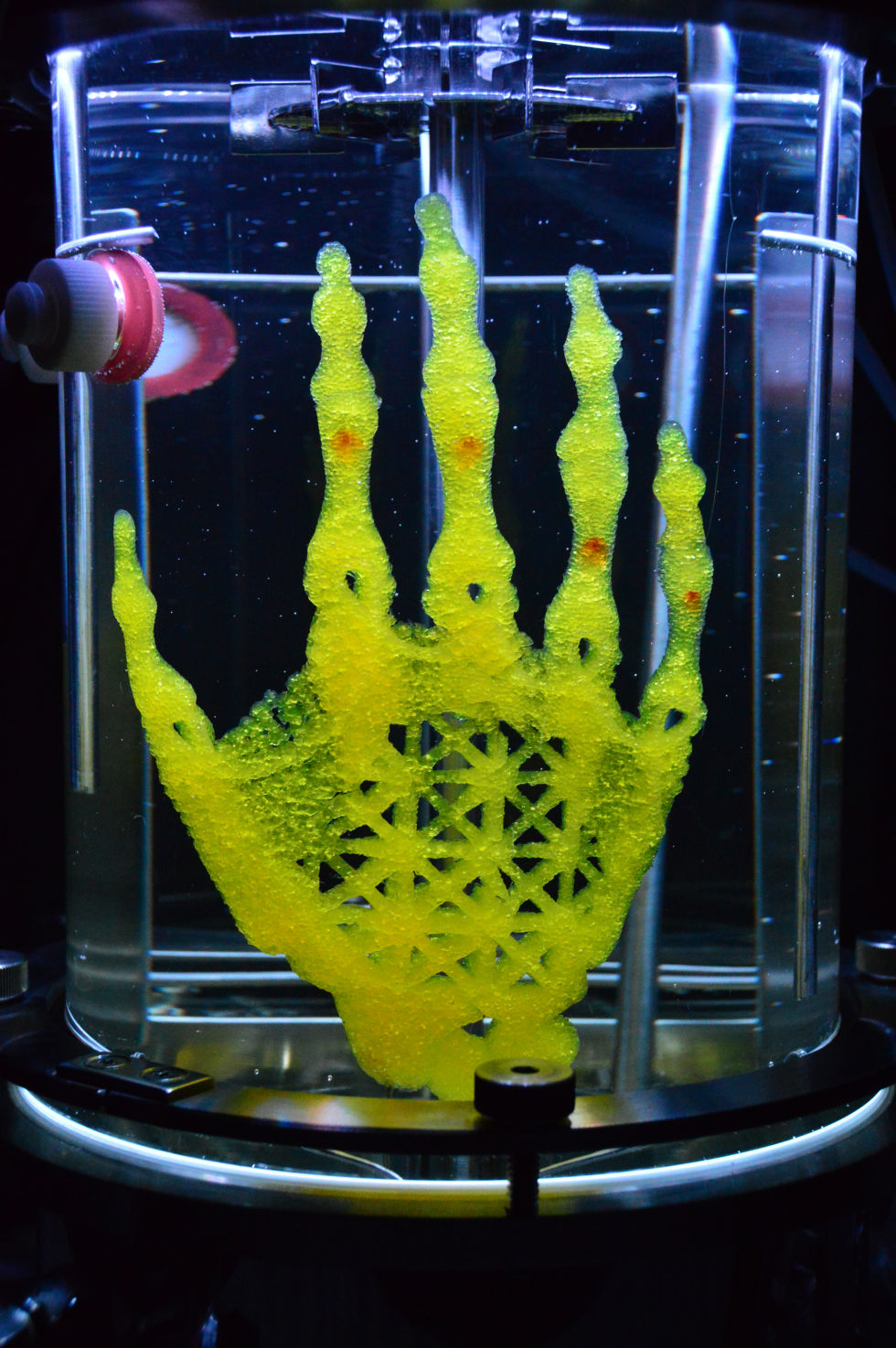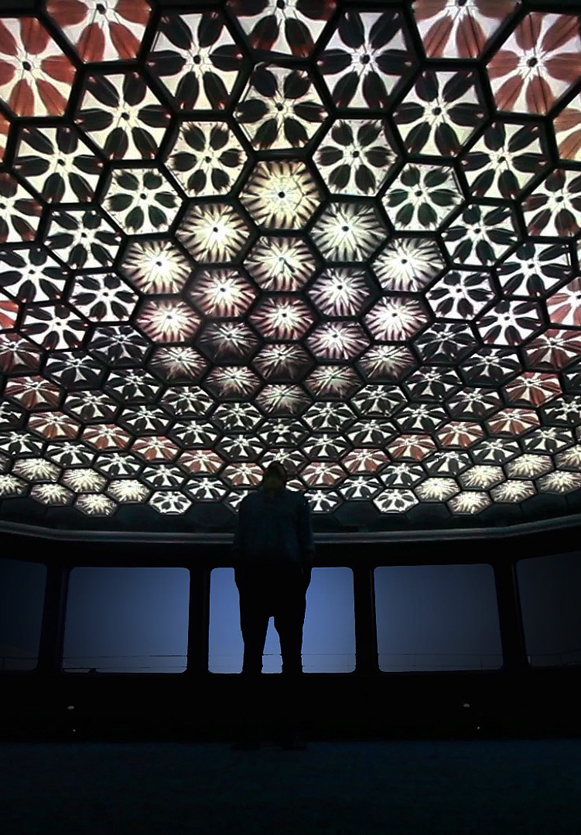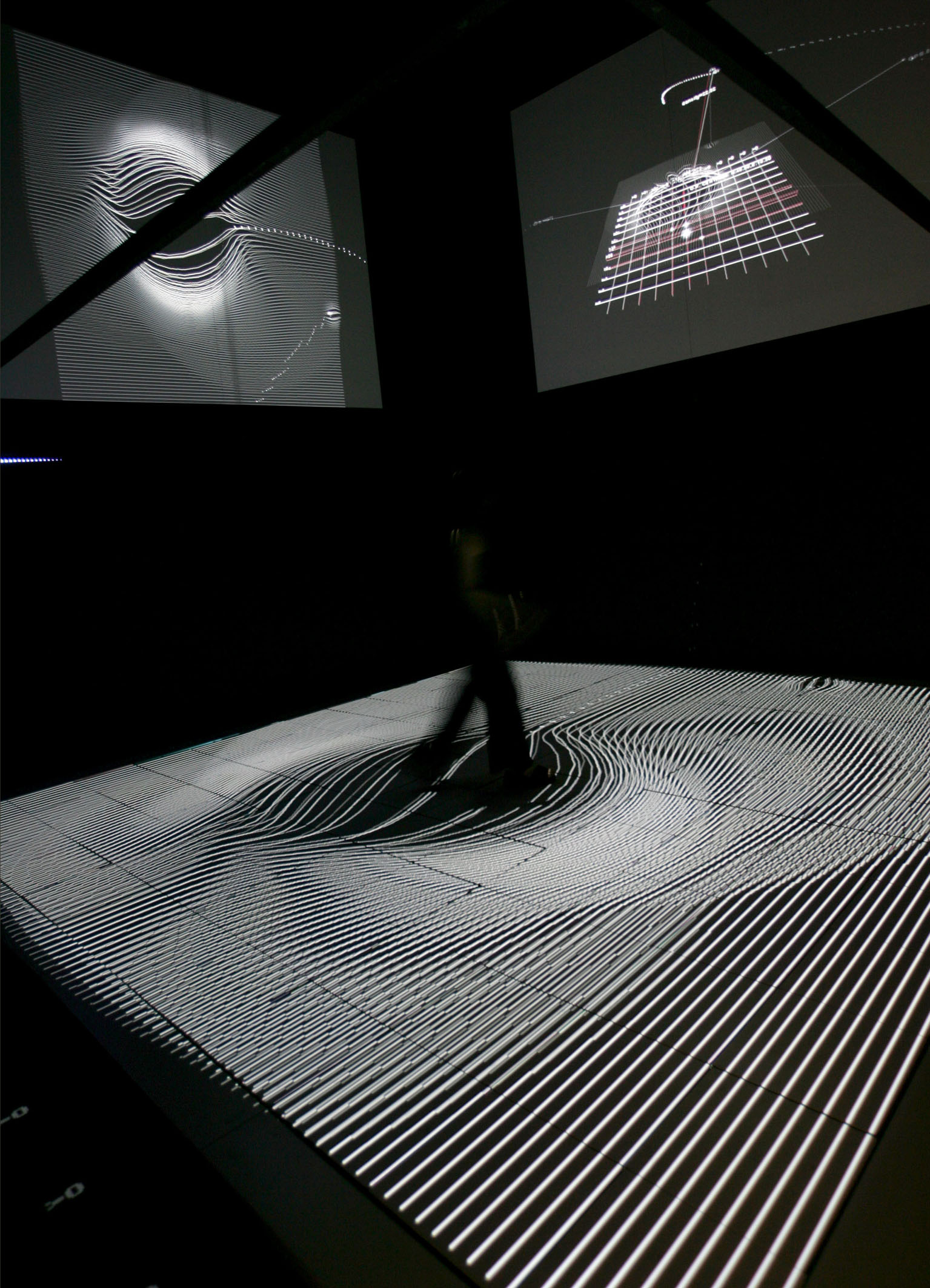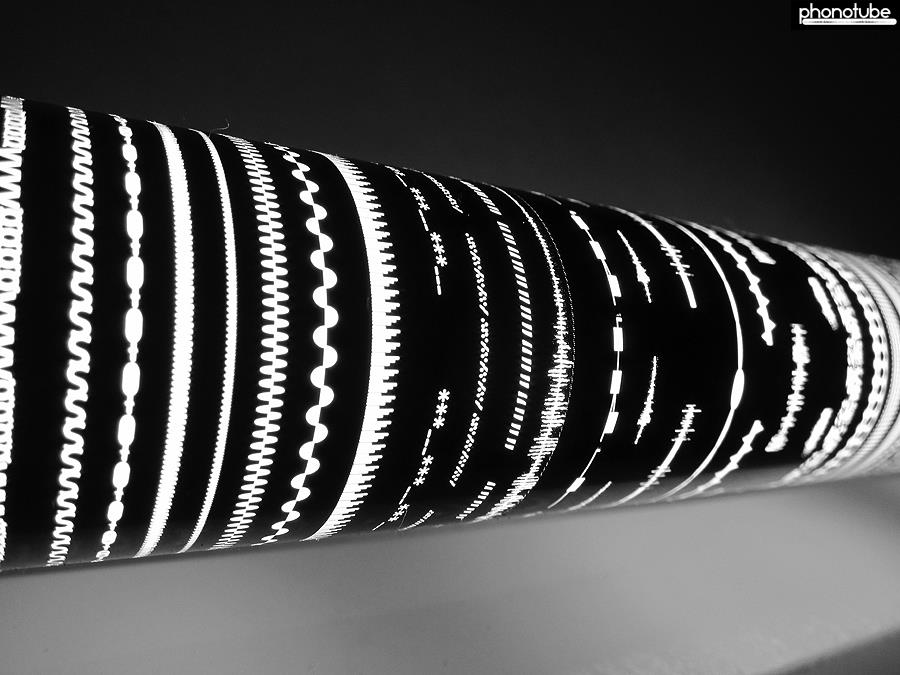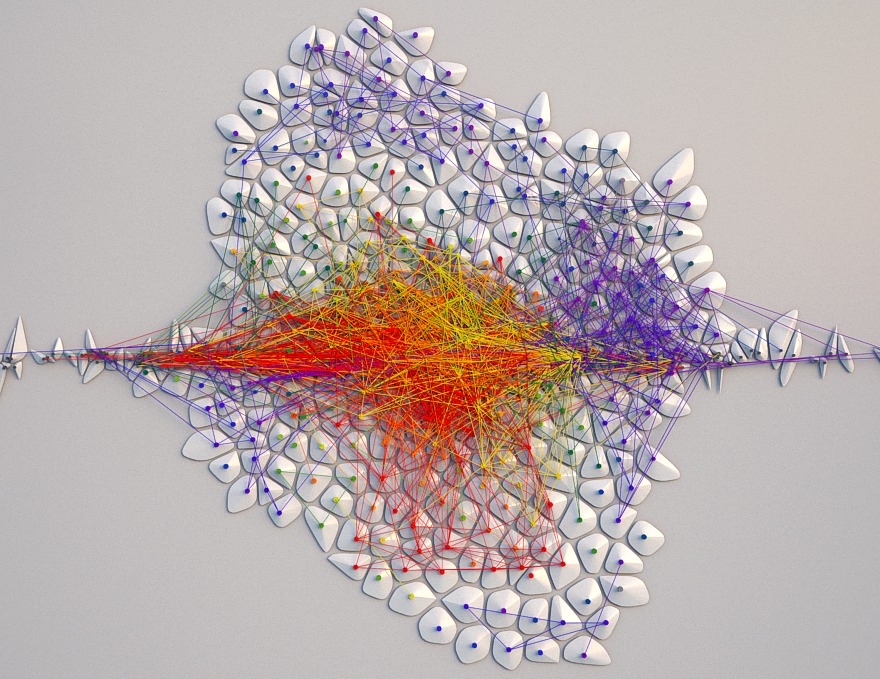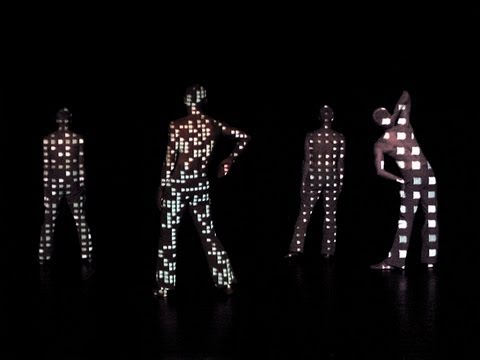
Stine Deja
Cold Sleep
Right now, approximately 400 human bodies are frozen at -196 degrees Celsius in America and Russia. They are dead – legally speaking. The hope is to one day defrost and resuscitate them. The procedure is controversial. Nonetheless, cryopreservation, i.e. preserving people at extreme temperatures below zero, is an area marked by growth. The condition is sometimes referred to as ‘cold sleep’, which is also the title of Stine Deja’s first solo show in Denmark at Tranen. The exhibition is an installation of kinetic sculpture and animation. Cryopreserved bodies in thermal, yellow suits are suspended in big, circular aluminium structures revolving around their own axis on small islands in a desert landscape. In the sand lie craters where artificially inseminated cells divide. A barren desert landscape is usually seen as lifeless and abstract. In Deja’s version it becomes a place for being before or after human life, or, as the artist has it, “a population in another dimension.”
